An elderly man enters Dr. Karen Kinsell’s office for the second day in a row complaining of lightheadedness. Yesterday he appeared stable, but today a few routine tests reveal his blood pressure is much too low, especially dangerous considering he drove himself to the office and planned to drive back home. What’s more, he’s got an irregular heartbeat. Karen quickly determines the man needs to go to a hospital.
Then the real work begins.
There aren’t any hospitals within a 20-mile radius of Karen’s office. Her patient will have to go by ambulance to a hospital across the state line, an hour away. But first there’s the problem of his car and the wad of cash he’d gotten from the bank on the way to his doctor’s appointment. He hands the cash to Karen for safekeeping while she speaks on the phone with the man’s nephew, who’s agreed to come check on his 92-year-old uncle and take care of his car.
Meanwhile, a nurse practitioner student speaks into the patient’s phone, helping him cancel an appointment with his yardman scheduled for later that day. The heartbeat monitor blips away, out of rhythm, at the other side of the room.
This is a doctor’s life in Clay County, Georgia.
Not just a doctor, Karen Kinsell, 62, is the only doctor operating in Clay, an impoverished county of 3,000 residents in southwest Georgia’s “black belt,” so named initially for the rich soil of the region, then later for those who cultivated that soil.
Karen opened her practice 19 years ago and has been the only physician in town for the last 12. Where an average doctor sees maybe 20 patients a day, she sees 30-plus, long ago accepting the necessity of 11-hour work days that last into nightfall during the colder months.
The practice, known as Clay County Medical Center, isn’t what a metro Atlantan would call typical. The building began life as a Tastee Freeze stand. It also spent time as a car dealership, a loan office and a storage facility before becoming Karen’s office. It sits just south of downtown Fort Gaines, the county seat, not far from the long-shuttered hospital.
The medical center bears typical doctor’s office wall decor on its knotty pine paneling. Graphic posters warn against smokeless tobacco and cigarettes. Others outline exactly how many calories fast-food restaurants cram into a single hamburger. There are also pretty pictures and quotes from the Dalai Lama. In addition to conveying important information and brightening up the room, the artwork serves to camouflage holes in the wall left over from the building’s eclectic past. Water damage can be seen along the ceiling tiles. The furniture is mismatched.
“It’s really not how a doctor’s office should be in America,” Karen says. “Certainly not in Georgia.”
3
A calling to medicine
The “fort” in Fort Gaines is literal, established in 1814 to protect white settlers from native Americans across the river in Alabama. The economy was then based on agriculture, aided by the slave trade, and port traffic from the Chattahoochee River.
Clay County later received a railroad spur, but never a passage for trains across the river, much less an interstate highway to bring industry through town. The population has been downhill since it peaked in 1910 at 8,960, three times its current number.
That very decline plays a role in what initially attracted Karen. After all, if anywhere needed a good doctor, this place did.
“Fort Gaines was known as the Queen City of the Chattahoochee,” she says, driving around town during a break from her patients. Her car is a 15-year-old Acura with peeling upholstery and shoddy suspension. “Nothing ever gets torn down here. Nothing would replace it.”
If Karen ever left, it stands to reason no doctor would replace her either.
Raised in a small town in Indiana, rural life has always appealed to Karen. She grew up in an upper middle class family. Her father ran a seed company and her mother was a homemaker. Karen was an introverted, bookish child and teenager. Both she and her two older brothers were valedictorians of their small high school. Expectations were high from her parents and she made sure to live up to them.
Karen’s college of choice, tiny, elite Lawrence University in Wisconsin, did not offer a pre-med major, leading to what she describes as a 12-year “distraction” in social work.
She moved to New York City after graduation and eventually got a job working at homeless shelters. It was a tough life and not always rewarding. One of her tasks was ensuring the beds remained at a mandated 34 inches apart. The housing was intended to be transitional but it was obvious many weren’t going anywhere.
She grew to admire the power and impact the doctors made on the homeless population during their visits to the shelters.
So at the age of 34, she applied to medical school and got into Columbia’s College of Physicians and Surgeons. It was a grueling workload, with classes full of 22-year-old Ivy League graduates. Her plan was to return to the shelters to continue to serve homeless. But then a neighbor in her building was murdered, which shook her faith in the city. And Karen gradually realized there were a thousand doctors within a five-mile radius of where she lived. No one was going to lack for health care if she left, so it was time to go somewhere with a greater need.
After earning her medical degree and completing her residency at North Central Bronx Hospital, Karen entered a local library and studied statistics on potential places to move. Albany stood out.
At age 41, she headed to the rural South to fulfill the dream of becoming a country doctor, or so she thought. Karen was hired by Albany Area Primary Health Care, a non-profit provider with a tight grip on the region’s health services. She was assigned to the Calhoun County town of Edison and bought a home nearby.
But Karen chafed against the administration’s rules and regulations. She made a house call, a big no-no because it wasn’t covered by malpractice insurance. She purchased medication for an indigent patient, another transgression. Her year-long contract was not renewed. It was a low moment both personally and professionally.
During her time in Edison, Karen met several patients from Fort Gaines, the next county to the west. Intrigued by the area and its need for health care, she decided to open a practice there.
Clay County boasted just one doctor who was 67 at the time. He also served as mayor of Fort Gaines. Karen figured she’d be welcomed with open arms, but instead met a good deal of resistance. Why did she want to encroach on the trusted older man? And what was this short-haired, unmarried Yankee woman doing in southwest Georgia anyway?
The real impediment, however, came in the form of her old employer. At the time, Albany Area Primary Health Care had a no compete clause preventing her from working within a 20-mile radius of its facilities for two years. It covered parts of 16 counties, including Clay, which sat 19 miles away.
Karen helped a fellow doctor fight the clause in court.
“People were fighting against a doctor coming into their community for free,” Karen says. “It was extremely ugly.”
It took a year, but the courts ultimately ruled against the Albany health system, opening the door for the Clay County Medical Center. Today Karen admits she had no idea what she was getting into, but nearly 20 years later she’s still going strong. There are no hospital administrators to second-guess her decisions, and her work makes an enormous impact on the community.
Even if it’s that’s not what all doctors would call Disneyland.
4
Modest means
There are no high schools or traffic lights in Clay County. But there are two liquor stores, one of which used to be a dentist’s office located next door to Karen’s practice.
A hospital with two dozen beds and a couple of doctors opened in the 1950s, but it closed in 1983 amid financial problems. A for-profit nursing home operates in an adjacent building.
Aside from the handful of prisons operating in the region, one of the only other major employers is a chicken plant across the border in Alabama. There is one elementary school, one middle school and a ninth-grade academy. Students who go on to high school have to go to Randolph County.
Walkability isn’t a marketing buzzword in Fort Gaines, it’s a fact of life. From her office Karen can walk to the nursing home, city hall, police station, convenience store (which operates one of two full-time restaurants), state of Alabama, the river and her home. Walking is one of Karen’s hobbies, along with spending “too much time” on Internet news.
Home is a two-story brick house (pictured) built in 1910 for the Mobley family, owners of a local hardware store still bearing the family name more than a century later. The house features high ceilings, a two-car garage, white picket fence, intricately carved woodwork on the stairway and ceilings, a shaded front porch, chandeliers in each room and crown molding more than a foot thick.
She paid $140,000 for the home, and wonders if it’d fetch that much today. It’s paid for in any case, as is her car, removing some pressure from her personal finances.
Despite its poverty, Clay County isn’t without its charms. There is George T. Bagby State Park, Lake Eufaula, a public golf course and pretty much zero traffic.
Perhaps more importantly, Clay County is flat and open-skied, warm almost year-round, quiet and beautiful. Cows and cotton can be seen across the landscape north of town. Spanish moss hangs from oak trees, and the wide-open Chattahoochee River shimmers across Clay’s western border. Property is cheap, so are taxes and the cost of living. It all adds up to an attractive retirement destination were there more health care services.
The politics of health care are unavoidable both for Karen and her patients. A member of the local school board since 2009, she was recently appointed to a state Senate study committee on barriers to adequate health care. It’s tough to close the office early for meetings, but she’s thankful for the opportunity to share her views with the state capitol’s movers and shakers.
“There has to be some money coming to health care,” Karen says. “You see what it’s like when there isn’t.”
Former State Rep. Monty Veazey, now president of the Georgia Alliance of Community Hospitals, stops by on occasion and offers Karen support, describing her as “an angel” for her willingness to see so many patients for so little compensation.
“Even the ones that are insured here are under insured,” he says. “They can’t pay a $5,000 or $10,000 deductible.”
Veazey figures there are about 80 counties in Georgia in more or less the same situation as Clay, lacking in basic services like health care and broadband Internet. Six rural hospitals have closed in rural Georgia since 2013. The dearth of services makes it difficult if not impossible to attract the kind of large industry that could make a difference.
5
$2.7 million question
One Tuesday night in early October, a group of state senators and representatives descend on Fort Gaines. This is the meeting Karen closed up early to attend. Chaired by State Sen. David Lucas (D-Macon), the Senate Rural Georgia Study Committee gathers in a white, wooden community hall located on a bluff stretching 130 feet above the Chattahoochee.
The committee will hear the community’s concerns, followed by a helping of some local barbecue for the 100 or so attendees. As they file in, attendees greet old friends and meet new acquaintances before the proceedings start. They receive goody bags containing boiled peanuts, fishing lures, cream-filled cookies and mesh trucker hats bearing the logo for Big Bite Baits.
As South Georgia’s population slowly shrinks, the region’s legislative representation dwindles with each round of redistricting. Nonetheless, a half-dozen local legislators have gathered for the event, some representing as many as 11 counties. Lucas, dressed in a blue suit and tie and sporting a cowboy hat, wide sunglasses and mutton chops, leads the group to a table where the usual handshakes and joke-filled introductions begin.
But the meeting quickly grows serious. Cuthbert Mayor Steve Whatley displays statistics about his county, Randolph. The population is 7,719, and he fondly recalls the days when it was 15,000. A handful of other stats, including several bar graphs shooting down rather than up, spell out the dire straits of the county’s Southwest Georgia Regional Medical Center.
“We need help,” Whatley pleads. “We’re the only rural hospital left in southwest Georgia.”
Next up, Ken Penuel of the Development Authority of Clay County presents suggestions for the state to help move Fort Gaines forward. Solar farms could absorb the blazing sunlight. The state park could become a state employment training center. An influx of just 10 jobs could the lower unemployment rate by 2 percentage points, he says.
Lucas jumps in to present an idea of his own for improving the county’s health care services. He has learned that while the hospital was closed in 1983, the Clay County Hospital Authority continues to exist and it has $2.7 million in the bank.
“Why is it that in Clay County you have not taken some of that money to build a clinic?” he asks Penuel. “You’ve got a building that leaks,” he says, referring to Karen’s office, “but I know you’ve also got a nursing home. You’ve got enough room in that nursing home, why not renovate it and put the clinic in that building? You’ve been aggressive in talking to this group here, it looks like we need to be aggressive in talking to that hospital authority.”
A buzz builds in the room as heads turn with confusion. No one present at the meeting seems to know what’s being done with the money, where it came from and where it goes, but Karen says she’s reached out to the hospital authority several times without success. She estimates it would take $300,000 to renovate the vacant portion of the nursing home.
Others in the room suggest it’s a bad idea, that there’s no workable business plan for the conversion, but Lucas isn’t hearing it.
“Y’all have got to decide what you want,” he tells the room. “When you’ve got $2.7 million, don’t give me an excuse about $300,000.”
Karen gets her turn to speak for the rural study committee and throws out a few more statistics. Pregnant women drive 60 miles to Albany for prenatal care. There is no dentist or pediatrician in Clay. Her office gets 7,300 visits a year, more than double the county population.
After the meeting, Karen returns home. Sitting on the couch with her boyfriend Robert Cooke, she rehashes the night’s events. She doubts much will change now. Lucas’ bulldog tactics regarding the hospital authority might work in Atlanta, she thinks, but not in southwest Georgia. You see these people at the grocery store, after all.
6
Uncertain future
A month later, it’s still unclear exactly what role the Clay County Hospital Authority plays in local health care. Clay County Administrator Ronnie Crozier says the county receives funds each year from the authority, which are used to help fund the health department, the landfill and EMS services. The city of Fort Gaines also receives a portion, too.
Bill Mills, attorney for the hospital authority, says it will meet in December and take a closer look at the issues brought up by Lucas. Even if the board decides to help improve the medical center’s facilities, there could be legal issues with adapting space at the nursing home because it’s now privately owned.
“(Lucas) unfortunately does not have all the facts,” he says. “I’m not at liberty to go into it further until I speak to my client. It’s something they will address.”
Repeated attempts to contact authority chairman Joe King, a Fort Gaines farmer who heads the five-person board, were unsuccessful.
If Karen had her way, she would convert her practice into a Federally Qualified Health Center, a program that would bring in significant annual funding and additional reimbursement for services rendered. She’s attempted to tap this source in the past but without success. The program is currently on hold but is expected to be reinstated, although the application process will likely be more competitive than before.
If nothing happens to improve health care in Clay County and the surrounding region, through Medicare expansion or some other avenue, Karen predicts the remaining area hospitals will close as well.
Regardless of what happens with that $2.7 million, or with the Affordable Care Act or with whatever direction the national health care conversation takes, Karen remains in Clay County for the time being. For her, providing health care is much more than just diagnosing illnesses and prescribing medications.
“What humans want is a healer. That has existed throughout history. A shaman, a medicine man. People want the experience of going to someone and spilling their guts. You give them the answer,” Karen says. “The best part of being a physician is experiencing all of these other lives, the richness of that human experience. It’s an incredible privilege. That’s really the word, it’s a privilege.”
But there is the matter of her personal future. Karen considers herself in good shape, walks regularly and plans to work as a physician until she’s 70. But at some point she does plan to retire, and she’ll need to draw a decent salary for a few years to do so comfortably.
And when she’s gone, there could be no more health services at all in Clay County.
ABOUT THE STORY
Access to physicians is something most residents of metro areas take for granted, but in rural South Georgia, basic medical care services are becoming increasingly more scarce as hospitals close and doctors retire or relocate to communities where populations are better equipped to pay for their services. That is what makes Dr. Karen Kinsell in Fort Gaines unique. She chose this community based solely on its need. But what happens when she’s gone? Haisten Willis shadows the good doctor for a couple of days to see what it’s like serving the state’s poorest residents.
Suzanne Van Atten
Personal Journeys editor
personaljourneys@ajc.com

ABOUT THE REPORTER
Haisten Willis is an Atlanta-based freelance journalist and regular contributor to The Atlanta Journal-Constitution. He writes for a number of outlets on subjects ranging from college football to politics to commercial real estate and has captured statewide awards from the Georgia Press Association. Visit his website at www.HaistenWillis.com.
ABOUT THE PHOTOGRAPHER
Hyosub Shin was born and raised in South Korea. Inspired by the work of National Geographic photographers, he came to the United States to study photography and joined the AJC photo staff in 2007. Past assignments include the Georgia Legislative session, Atlanta Dream’s Eastern Conference title game, the Atlanta Air Show and the Atlanta Braves’ National League Division Series.


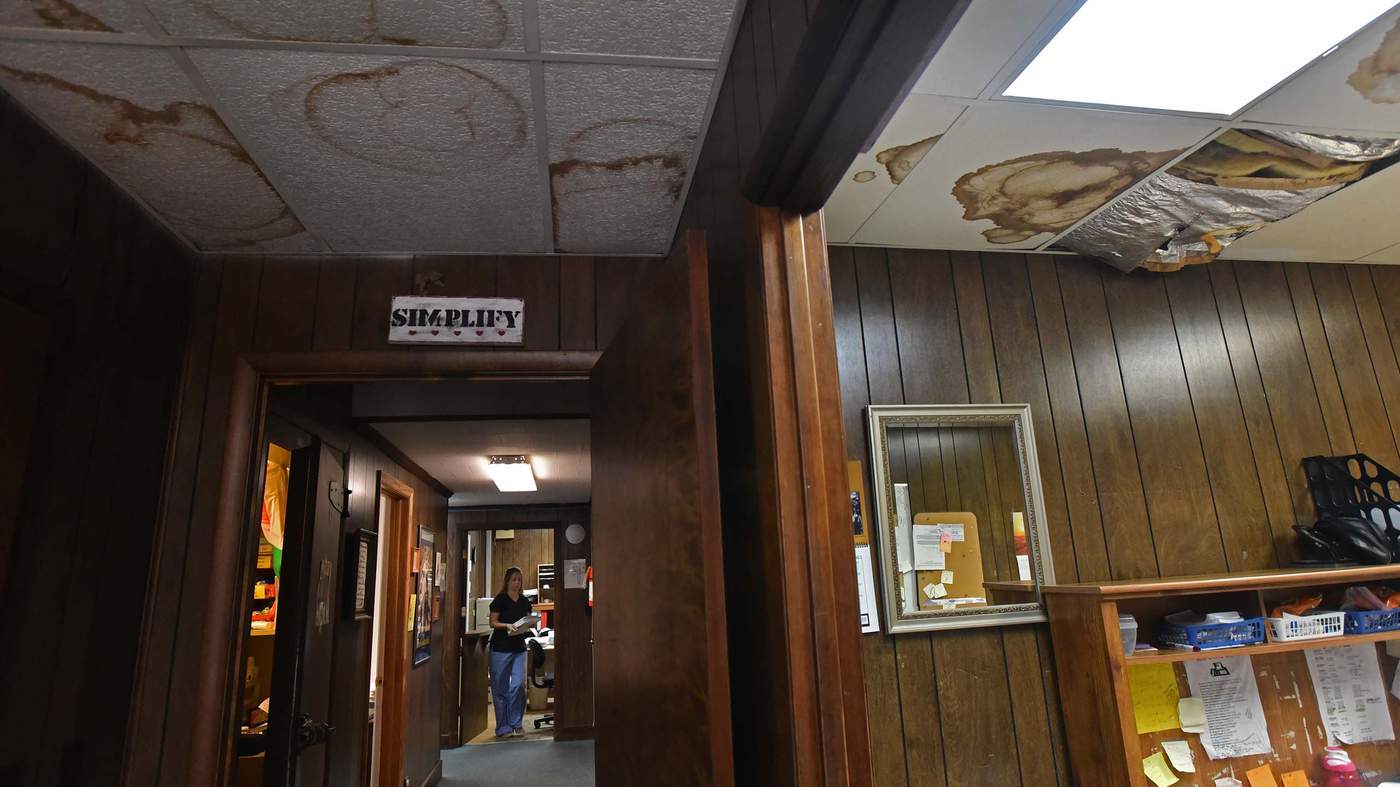


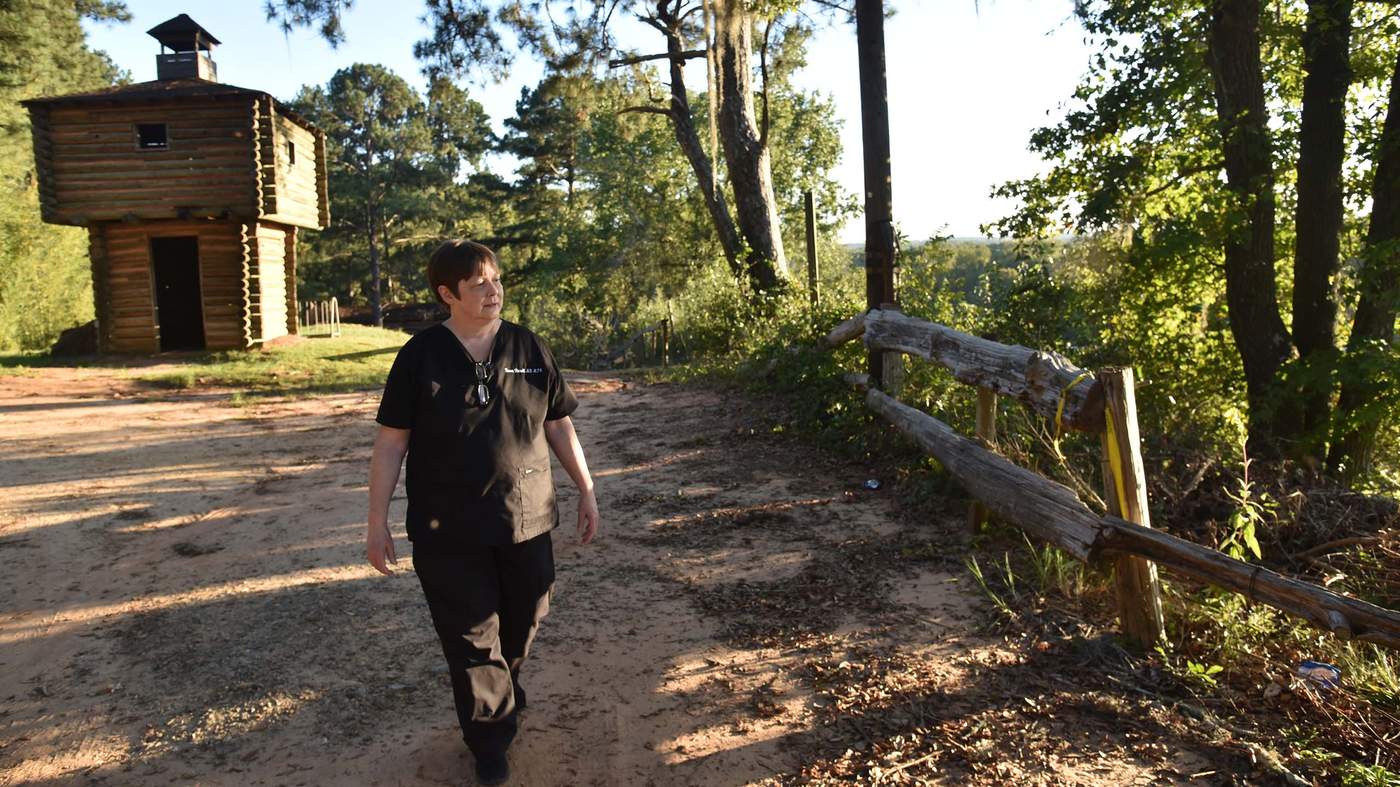
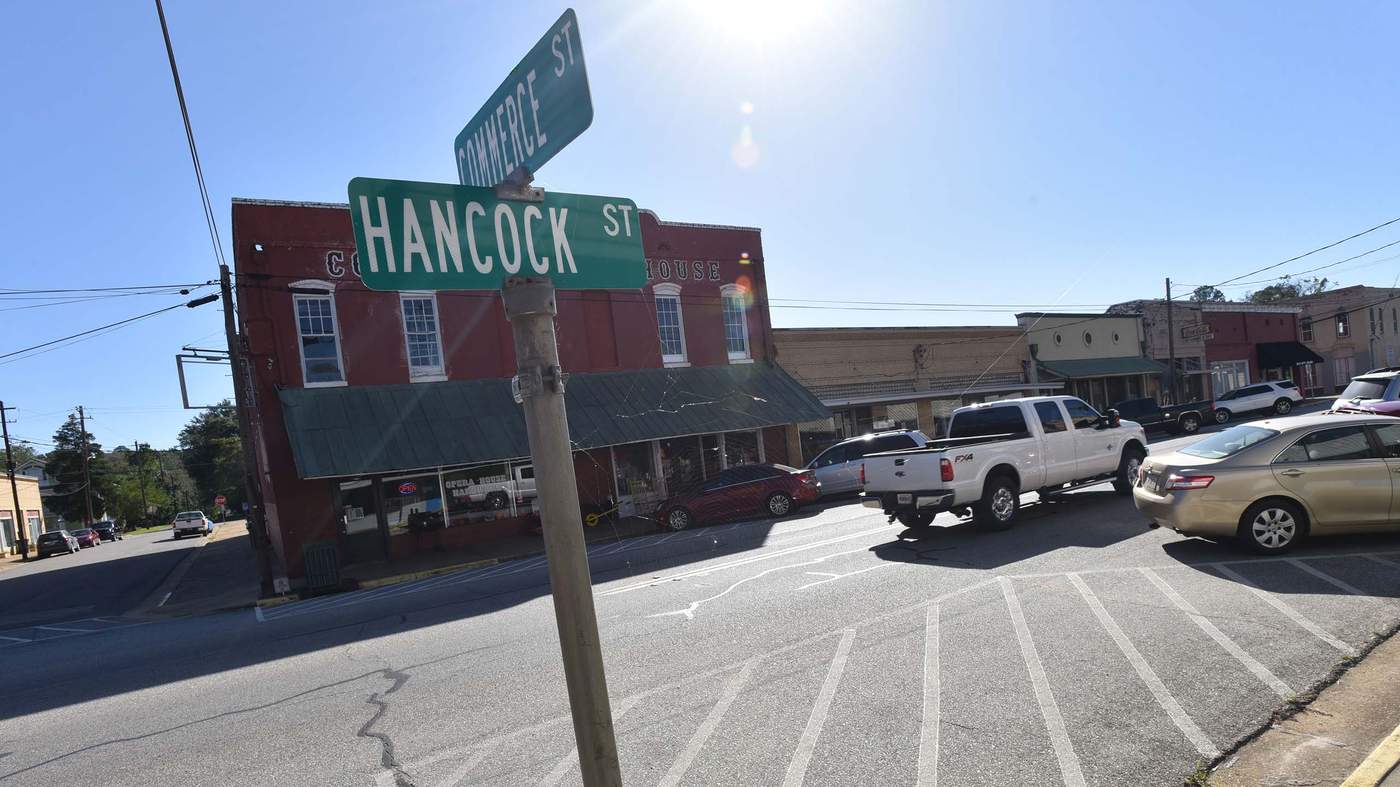

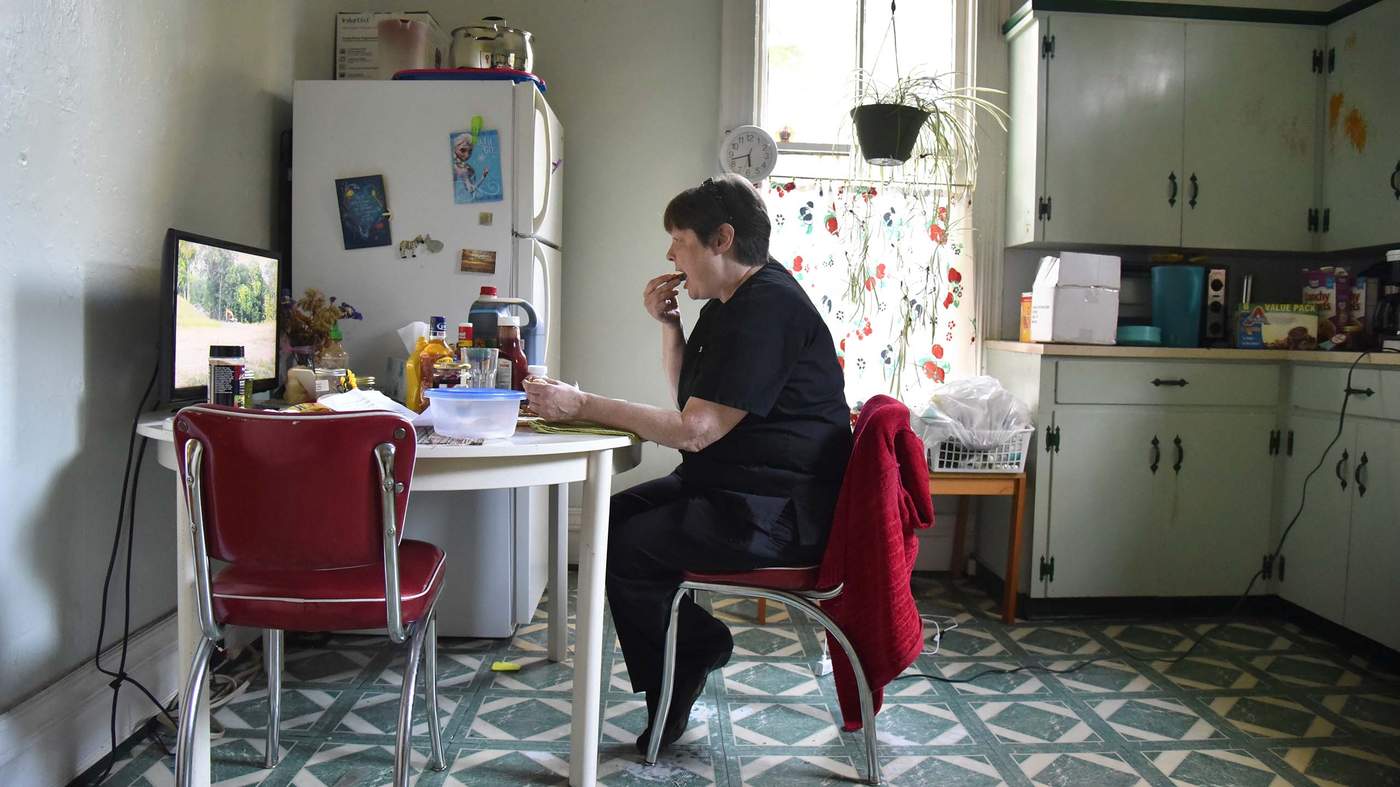

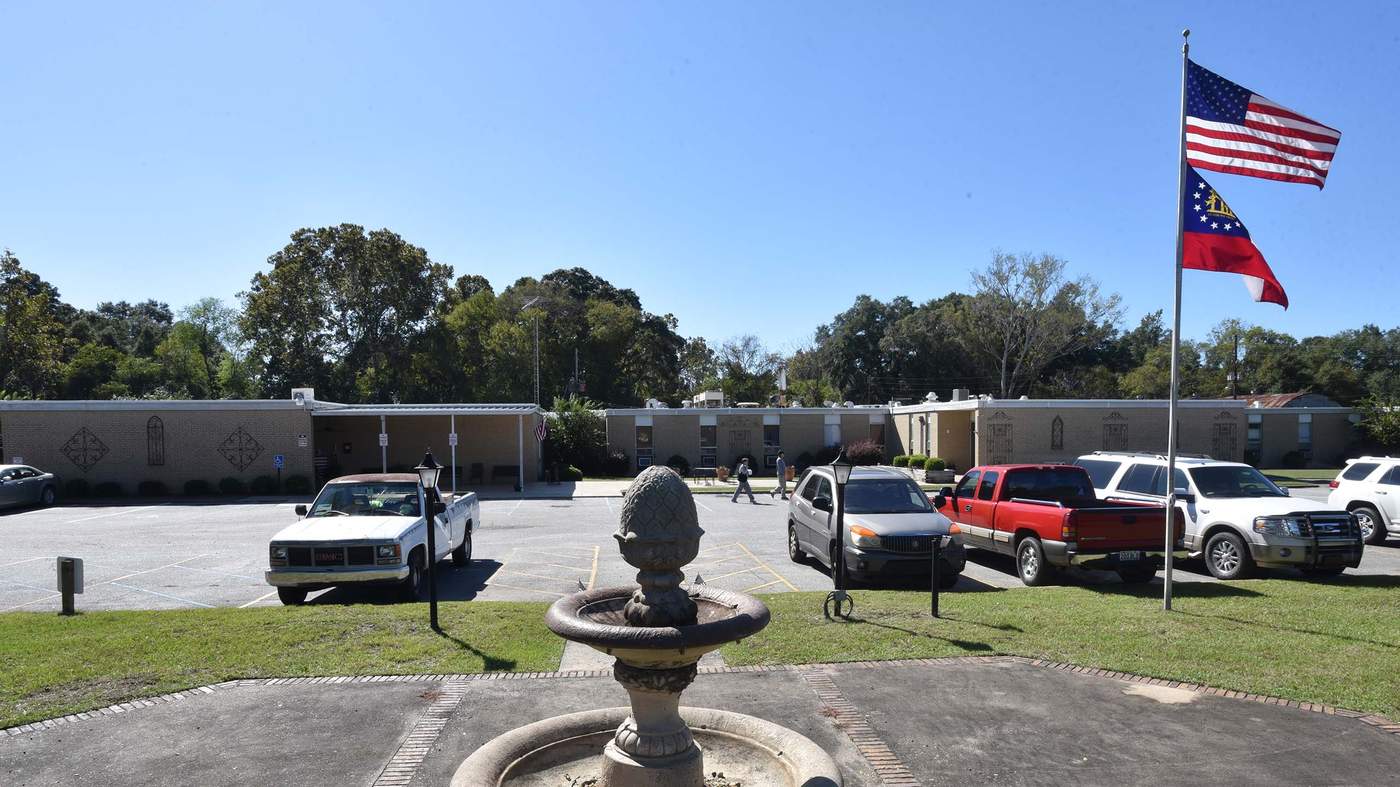


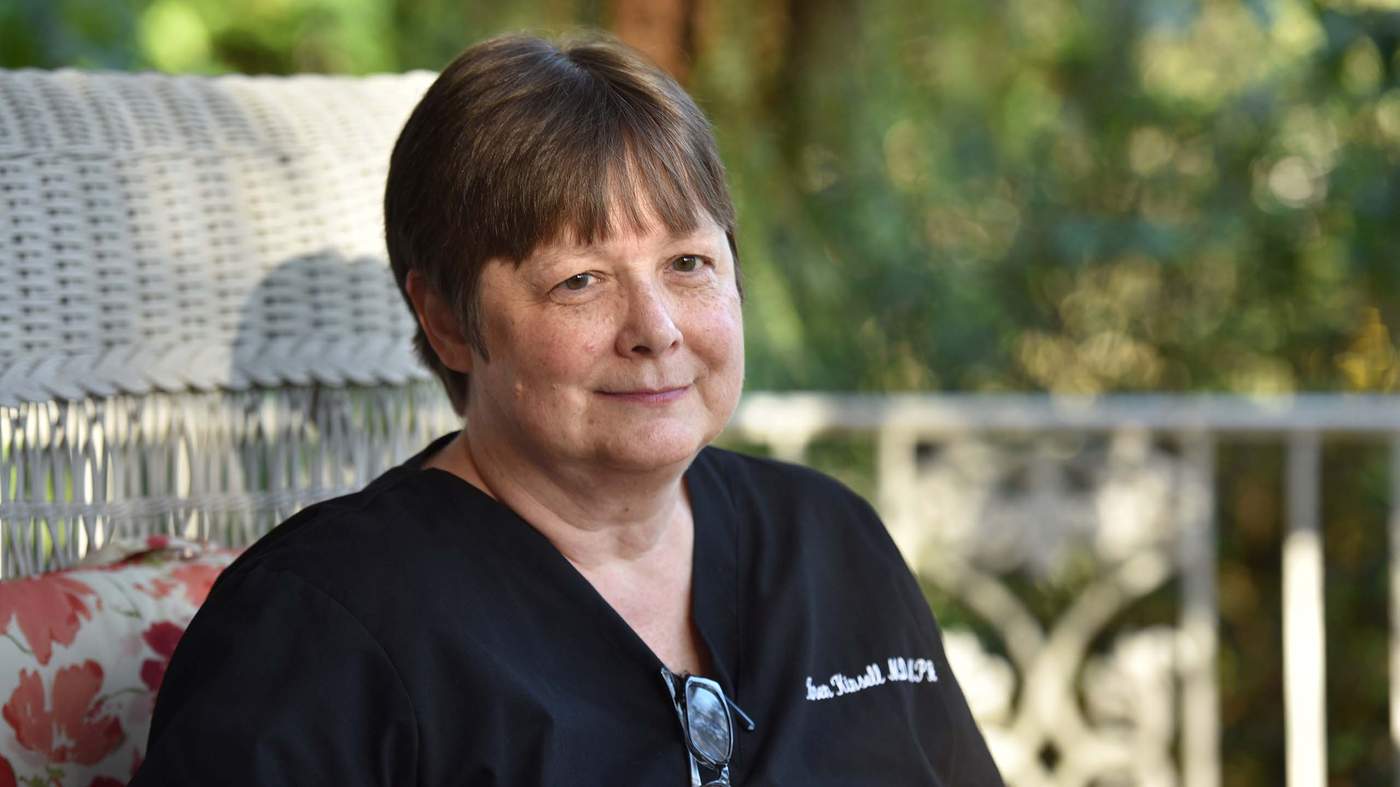

Please confirm the information below before signing in.